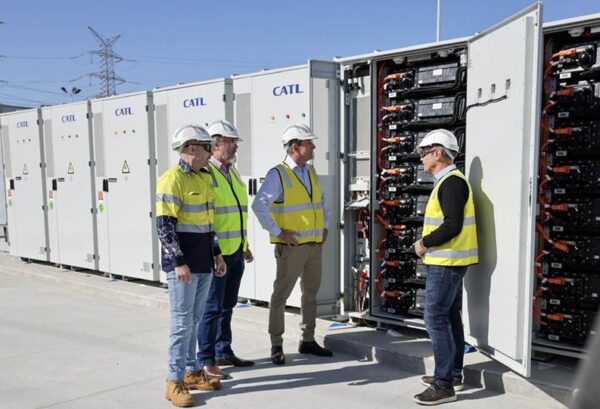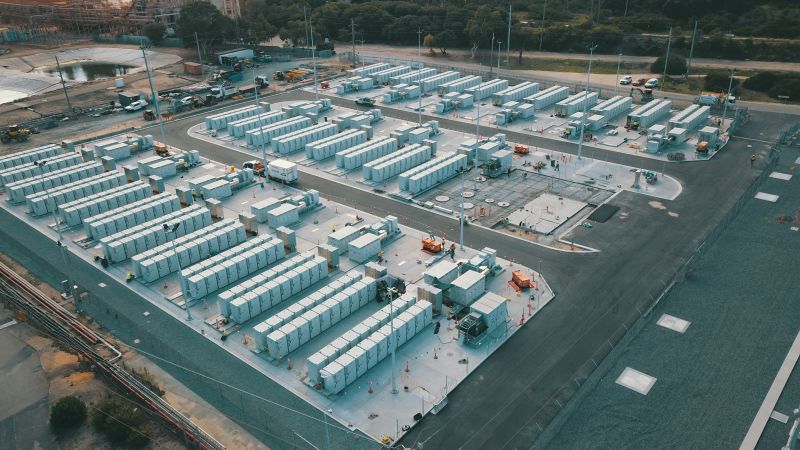Western Australia’s (WA) state-owned energy utility Synergy has today announced the 100 MW/200 MWh Kwinana Battery Energy Storage System, built at the site of the decommissioned Kwinana Power Station south of Perth, has been registered and will now undergo a series of charge and discharge tests before fully entering the network later this year.
Once fully commissioned, the $155 million (USD 103.5 million) battery will be connected to the South-West Interconnected System (SWIS), helping to support system stability and smooth the transition to renewables as the WA government prepares to retire its coal-fired power stations by 2030.
Delivered for Synergy by Italy-headquartered energy storage specialist New Horizons Ahead (NHOA) in partnership with Perth-based subcontractor GenusPlus Group, the Kwinana big battery will have the capacity to power the equivalent of 160,000 homes for two hours.
Synergy, which will operate and manage the Kwinana big battery, described the facility as a major component of its future asset mix but has already announced plans to build a second, larger system at the site with four times the energy storage of stage one. The 200 MW/800 MWh Kwinana 2 battery is expected to be operational by late 2024.
Synergy will also build a battery energy storage system at the nearby town of Collie, which the state government said will be one of the biggest battery systems in the world. The 500 MW/2,000 MWh Collie battery is due to commence operations before the end of 2025.

Image: Roger Cook
The two new battery projects were allocated $2.3 billion in last week’s state budget and Premier Mark McGowan said on Monday that battery storage systems will be critical to the state’s energy future, “allowing us to harness our rooftop solar resources to meet power needs during peak times.”
“With the Kwinana big battery entering operational testing today, we’re moving onto an even bigger battery on site, with four times the capacity,” he said. “It will make our existing electricity system more secure, support the continued uptake of renewables, and set up our state for the long-term.”
WA Energy Minister Bill Johnston said the three battery energy storage systems will be crucial in managing household energy demand and supporting the uptake of residential solar.
Johnston said battery energy storage will allow for renewable load shifting, absorbing excess energy from rooftop solar when demand is low and discharging during peak periods, helping to provide long-term system stability.
“We are committed to delivering cleaner and more reliable power to help us reach our ambitious emissions reduction targets,” he said.
The state government has estimated that the SWIS may need about 50 GW of new renewable electricity and storage infrastructure to support increased demand over the next 20 years.
This content is protected by copyright and may not be reused. If you want to cooperate with us and would like to reuse some of our content, please contact: editors@pv-magazine.com.









By submitting this form you agree to pv magazine using your data for the purposes of publishing your comment.
Your personal data will only be disclosed or otherwise transmitted to third parties for the purposes of spam filtering or if this is necessary for technical maintenance of the website. Any other transfer to third parties will not take place unless this is justified on the basis of applicable data protection regulations or if pv magazine is legally obliged to do so.
You may revoke this consent at any time with effect for the future, in which case your personal data will be deleted immediately. Otherwise, your data will be deleted if pv magazine has processed your request or the purpose of data storage is fulfilled.
Further information on data privacy can be found in our Data Protection Policy.